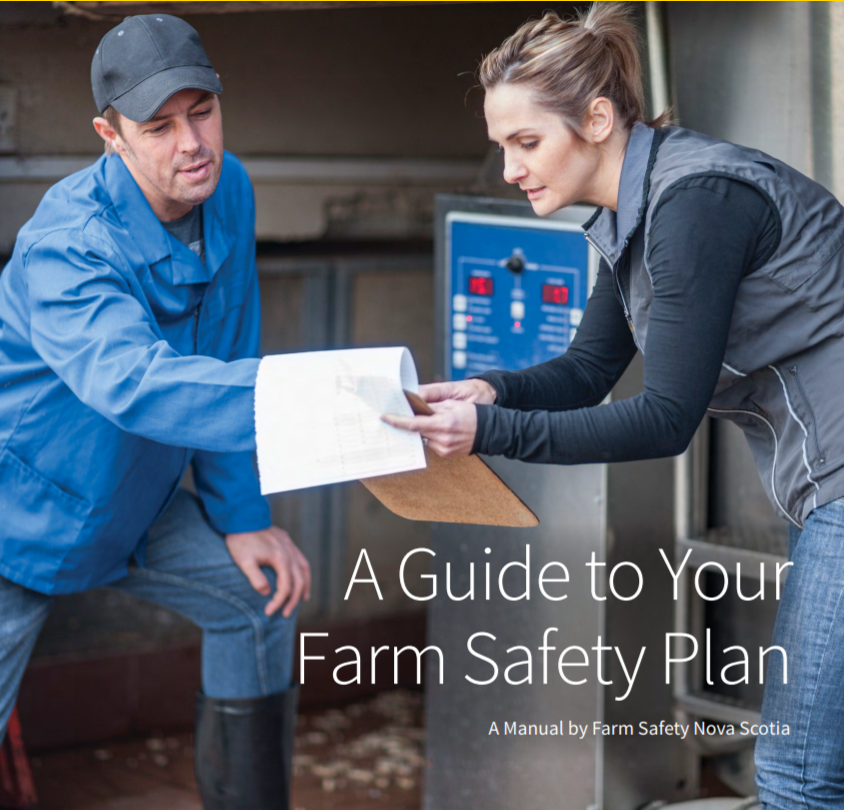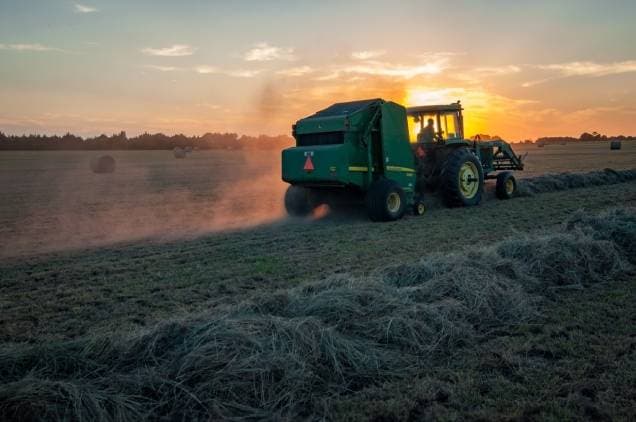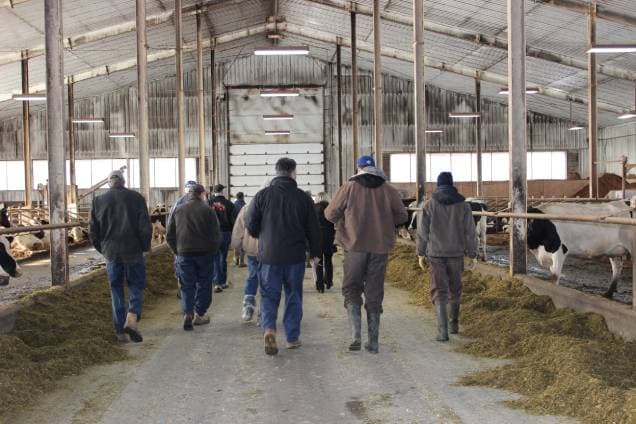 It can be overwhelming to know where to start when thinking about building a Farm Safety Plan for your farming operations. The Health & Safety Self-Assessment Checklist is available to help you figure out where to start so you can bite off little pieces at a time. The checklist is broken into four sections. The sections are in similar layout as the Guide to a Farm Safety Plan & Workbook. This makes it easy to reference what is needed in the Guide and Workbook, so you can take the available templates and make them your own.
It can be overwhelming to know where to start when thinking about building a Farm Safety Plan for your farming operations. The Health & Safety Self-Assessment Checklist is available to help you figure out where to start so you can bite off little pieces at a time. The checklist is broken into four sections. The sections are in similar layout as the Guide to a Farm Safety Plan & Workbook. This makes it easy to reference what is needed in the Guide and Workbook, so you can take the available templates and make them your own.
There are generally 10 things to consider when developing your Farm Safety Plan and included in the checklist:
- Health & Safety Policy – the commitment for safety and an outline of the health and safety responsibilities for workers, suppliers, contractors, visitors, public, and other workplace parties that perform work on the farm.
- Nova Scotia Occupational Health and Safety Legislation – minimum standards for working safety in the province.
- Rules – established set of rules for each workplace party and a method to enforce the rules to ensure compliance.
- Committee/Representative – Is it required on your farm? If yes, a process for selection of members or representative, training, and meetings. Watch this YouTube video for complete details including how to use the provided templates.
- Communication – how do you deliver health and safety information to workplace parties.
- Hazard Identification, Risk Assessment, & Hazard Control – process to prevent incident and injury by identifying hazards on the farm that can cause incident, occupational illness or injury, evaluating the risk, and implementing a hierarchy of controls to prevent them from happening.
- Inspections – while workers are working, tour the farm to ensure workplace parties are compliant to your farm safety plan and occupational health and safety legislation.
- Training – giving workers the tools they need to be able to perform tasks in a competent manner. Click here for online training currently at no costs and click here for training & workshops offered virtually or in-person. Download a Passport to Safety for each worker to keep track of training.
- Emergency Response – what to do in the event of an emergency; build emergency response plans and have the correct emergency response equipment available.
- Incident Investigation & Reporting – reporting process for near misses, incidents, occupational illness and injury.
If you need help, do not hesitate to reach out to the Farm Safety Advisor for guidance or assistance in the plan development. E-mail: lbrookhouse@nsfa-fane.ca or phone 902-957-2785.



